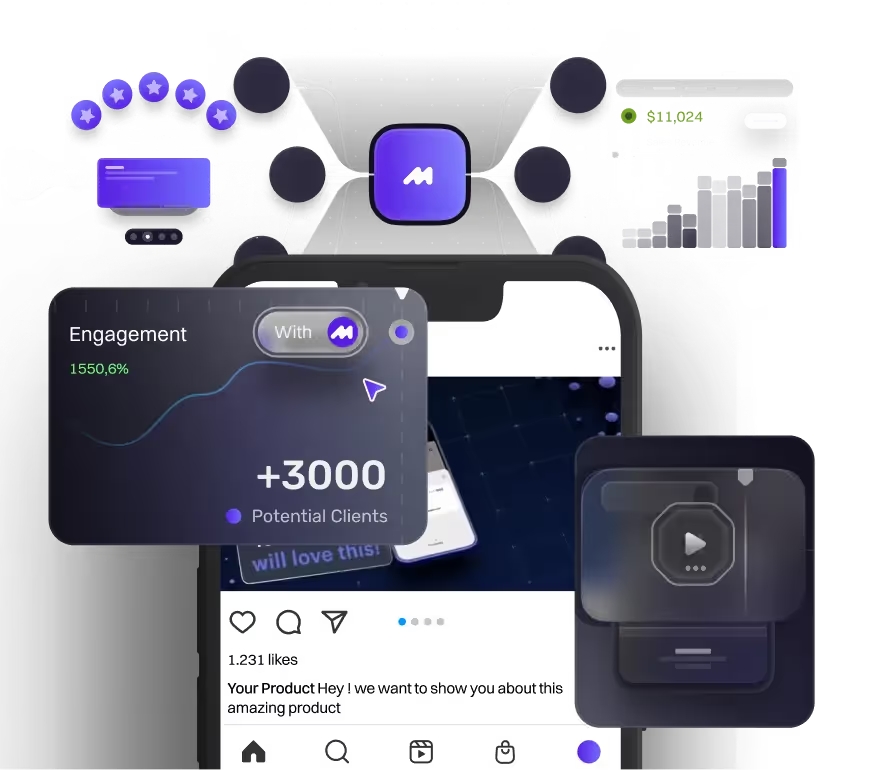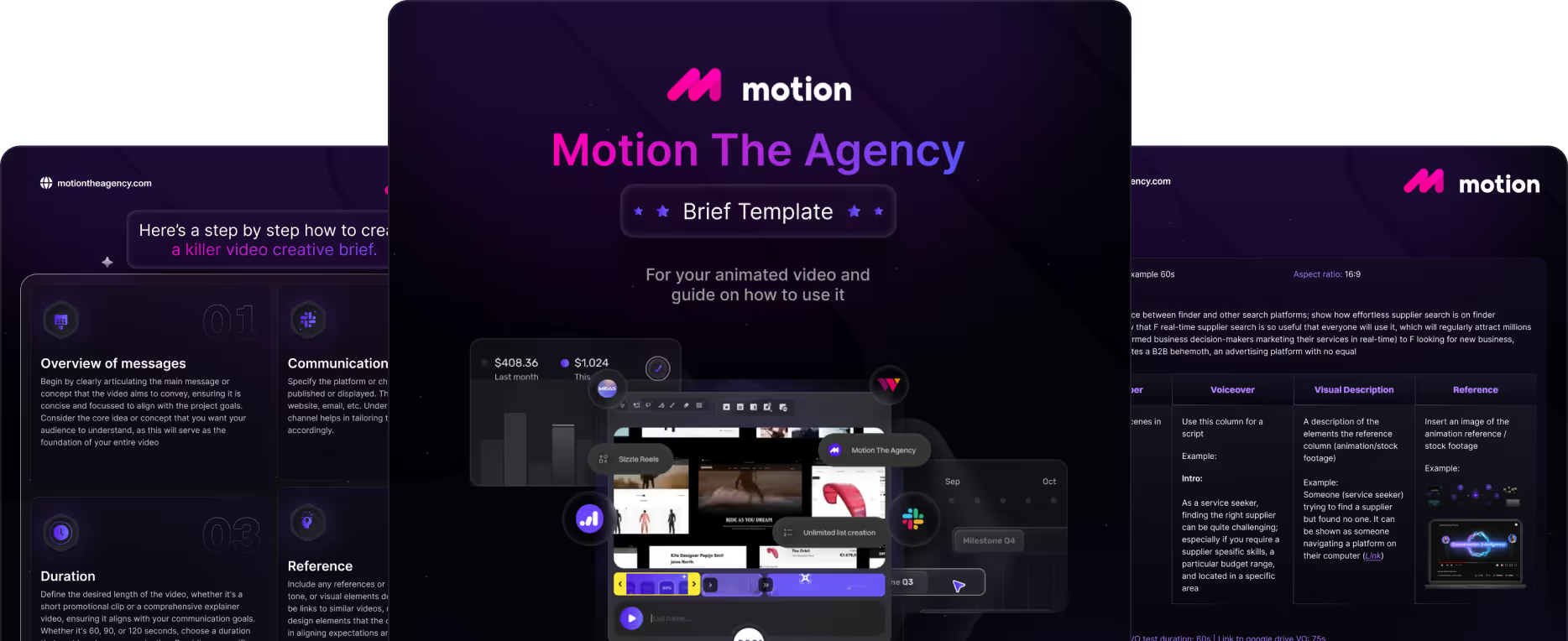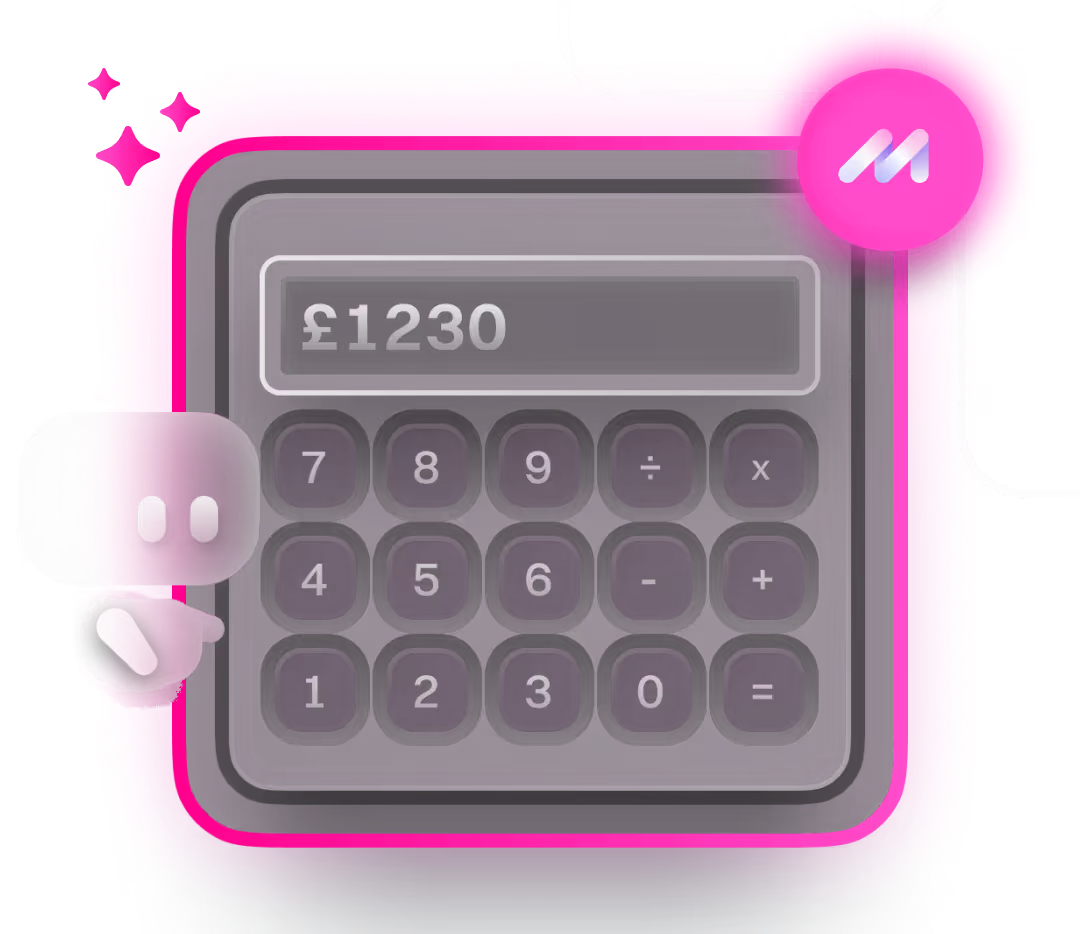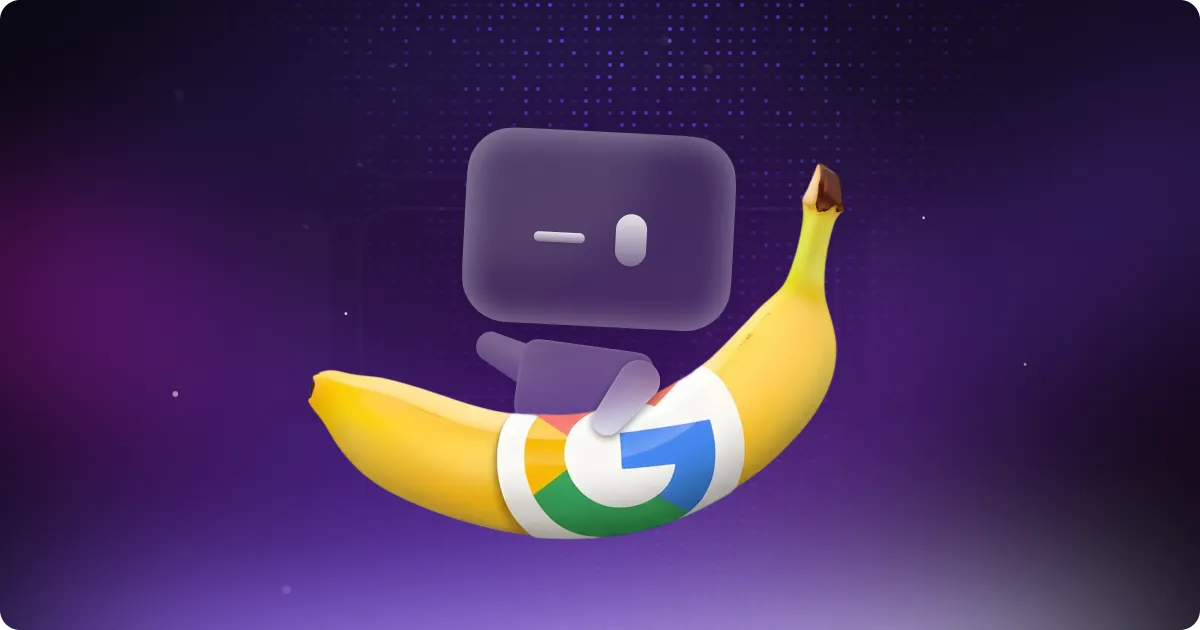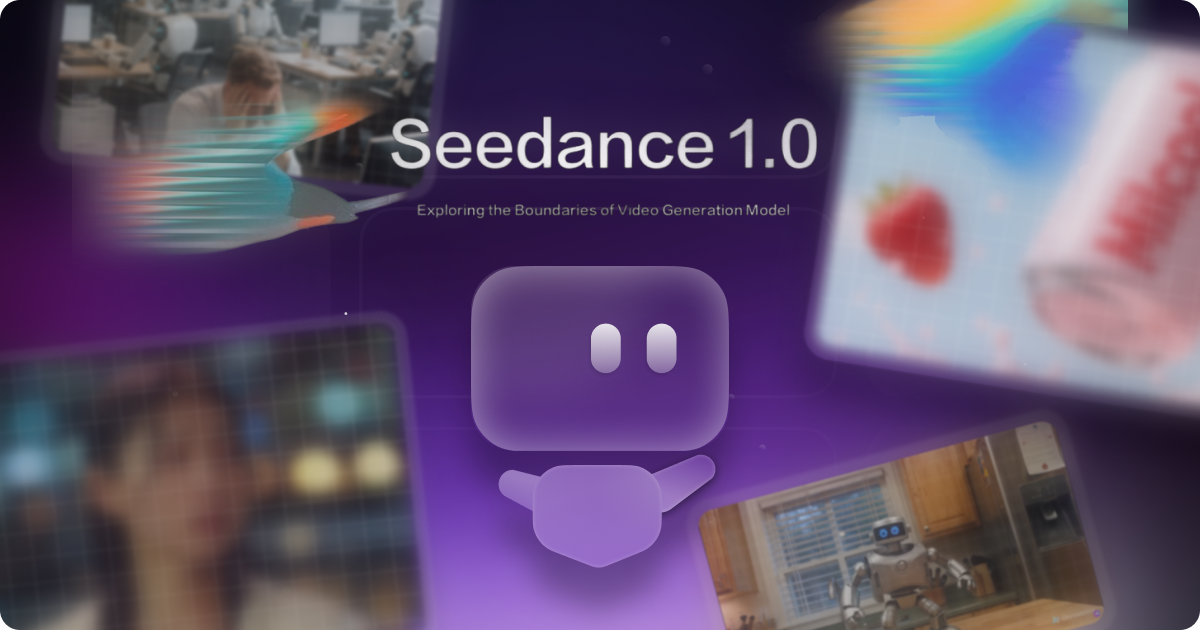AI Avatars in Video Production—Are They Really a Game-Changer?

table of content
Let’s start with a question: Have you ever watched an explainer video or product demo where someone is talking on-screen, guiding you through the content? Chances are you were watching a talking head video or a digital avatar. Businesses today are using AI to create these talking heads and avatars, making personalized, engaging content without the hassle of traditional video shoots.
And it’s not just the video industry—gaming, marketing, and content production are all jumping on board with AI-generated avatars. Now, you might be wondering, “Why does a motion design agency like Motion The Agency care about AI avatars?” After all, our expertise is in animation, not live-action video.
Well, let’s talk about it.
AI Avatar In Motion Design
We’ve talked about this before briefly in our article—The Future of AI in Motion Graphics: Will It Replace Designers or Enhance Creativity?—where we explained how AI is transforming the way we work. And yes, that includes AI-generated avatars, especially in mixed media projects.
So why does this matter? Because AI avatars aren’t just about replacing live video shoots, they’re changing the way we approach motion design. They make video production faster, more adaptable, and more accessible than ever. Traditionally, creating a talking head video meant hiring talent, setting up cameras, lighting, and shooting footage, all of which add to the budget and timeline. With AI, we can skip the entire live-shoot process and generate high-quality, customizable avatars in a fraction of the time.
It's not just about efficiency, it’s about branding and storytelling. AI avatars give brands the ability to create custom digital representatives, making it easier to feature a company founder or brand ambassador without the hassle of live shoots. The potential is huge, but to truly make an impact, AI avatars should be layered with motion graphics for a polished and engaging final result.
Why we use AI-Generated Avatar
As a motion design agency, we’re almost always working remotely from our clients. In the past, we’d have to wait weeks for live-shoot footage, even if we only needed a few seconds of content. And if something needed to be revised? That meant more delays, more reshoots, and more waiting.
With AI avatars, we’ve completely changed the game. Now, instead of waiting weeks, we can generate high-quality, custom footage in just 1-2 days. This massive time-saving advantage allows us to move faster, iterate quickly, and keep projects on track without relying on external video production companies. Not only does this streamline our workflow, but it also reduces budget constraints since we no longer need to hire traditional video crews, rent equipment, or manage costly shoots.
As an animation studio, our focus is on using graphics to convey complex ideas, making visual communication the priority. With AI-generated avatars, we can seamlessly integrate human-like elements into our motion graphics while maintaining full creative control.
At the end of the day, our focus is to create content for our clients and tell their stories. By using AI avatars, we can deliver high-quality results more efficiently, keeping both timelines and budgets under control.
AI Avatars in Action: A Real Example from Our Work
To show exactly how we utilize AI avatar generation in our animation process, we’ll walk through one of our YouTube Shorts as an example.
But first, here’s the video we’ll be discussing:
Instead of relying solely on AI-generated video, we integrate it as part of a larger, interactive, and dynamic process that allows us to create more engaging and visually rich animation content.
Layering AI Avatars with Motion Graphics
AI-generated avatars are just one layer of our animation process. While they provide realistic human-like elements, we enhance them further by adding custom motion graphics, visual effects, and typography.
.avif)
Another example
.avif)
Just like we see in the pictures above, AI generated avatar asset is layered with other assets while we are editing with after effect. This layered approach ensures that our content isn’t just a talking head, it’s an immersive, well-designed experience that aligns with a brand’s identity and storytelling needs.
AI Video Is a Tool, Not the Whole Process
AI avatar generation isn’t the end goal—it’s a starting point. We use AI avatars where needed, but they are always combined with our animation expertise, brand-specific visuals, and interactive elements to create dynamic, engaging content.
.avif)
Within the video we can see how although we use AI generated avatar, we include our agency specific branding and color scheme just like shown on the picture above. Not only that we also combine dAI generated avatar video our animation expertise, brand-specific visuals, and interactive elements to create dynamic, engaging content. This approach allows us to maintain full creative control, ensuring that every project is customized to rather than relying on AI-generated results alone.
Making AI Avatars More Engaging
A static talking head video can only do so much. By integrating AI avatars into a broader motion design framework, we bring content to life with animated backgrounds, kinetic text, transitions, and custom visual effects. This makes the final product more engaging, interactive, and visually compelling, keeping audiences interested while still benefiting from the efficiency AI provides.
At the core of our process, AI is simply a tool that supports our creativity, not something that replaces it. By layering AI-generated avatars with motion graphics and interactive design, we ensure that every piece of content is engaging, high-quality, and uniquely crafted for each project.
Are They More Beneficial Than Not?
AI avatars come with plenty of advantages, but are they the perfect solution? Not quite. Like any tool, they have their strengths and limitations. While they save time and streamline production, they also come with challenges—from robotic voiceovers to concerns about creative control. Let’s dive into what that really means.
Creating a mixed-media video traditionally means scheduling shoots, hiring actors, setting up cameras, and spending weeks on post-production—and that’s before we even get to adding animation and motion graphics. With AI-generated avatars, we can skip many of those steps, making the process much faster and more efficient. Instead of waiting weeks for live-shoot footage, we can generate high-quality avatars in just a couple of days, allowing us to focus more on the animation and design aspects that bring our projects to life.
So, Using AI Generated Avatar In Our Video is All Good Without Any Hurdles?
Well not really. there are some hurdle that we experience while using AI. One of the most prominent is sure, AI can generate realistic-looking avatars, but it still lacks the emotional depth and storytelling abilities of real people. AI-generated avatars look polished, but they still have some rough edges. One big issue? Voiceovers. Tools like HeyGen.AI do an awesome job with lip-syncing, but when we use the text-to-voice feature, the speech can sound a bit robotic and unnatural. It’s easy to tell it’s AI-generated, which can make the video feel a little less authentic and miss that human touch.
Not only the audio, AI-generated videos can feel a little stiff or unnatural, and they often need extra work to make them feel engaging and authentic. AI is great for handling the technical side of production, but it still can’t replace human creativity, which is why designers and animators still play a huge role in making AI-driven content actually connect with audiences.
Another tricky part? Ownership and copyright issues. Since AI avatars are built using pre-trained models, there are still a lot of legal gray areas when it comes to who actually owns the content—the user, the software company, or the original dataset creators? The AI tools we currently using HeyGen.AI actually required us to provide a video consent everytime we train them to create an animation based on real-life people, which can be time consuming.
On top of that, while AI helps cut traditional production costs, the software itself isn’t always cheap. High-end, fully customizable avatars can be pricey, making it important to weigh whether the investment is worth it for each project. And with AI evolving so quickly, creatives and designers need to keep learning and adapting to stay ahead because AI is only going to become a bigger part of the industry.
Final Thoughts: AI Talking Heads in Motion Design
AI-generated talking heads are a powerful tool, but they're not here to replace motion designers—they’re here to assist and enhance the creative process. While automation can handle repetitive tasks, true storytelling, animation, and visual communication still require human creativity. There are still content that still needs either stock videos or even live shooting. We don’t see AI taking jobs away in motion graphics production even for talents like voice over. But rather changing how we work, giving designers more time to focus on the parts that really matter.
For us, it’s all about finding the right balance. We use AI to speed up production, but a good video isn’t just about dropping in an AI avatar and calling it a day. To make it really engaging, we layer in animation, motion graphics, branding, and interactive elements to keep things visually interesting. We can see the future of motion design as a mix of AI efficiency and human creativity because, at the end of the day, AI alone doesn’t make a great video, but when combined with strong design, it becomes a game-changer.
If you want to create a high-impact motion design that truly represents your brand, let’s chat! Our team is here to guide you through the process and bring your vision to life. Book a call today and let’s make something amazing together

Contact Us
Ready to elevate your brand? Contact us for your
Free Custom Video Sample
